How Rolls-Royce Reached the Pinnacle of Automotive Luxury
A new book traces the rich history and evolution of the of ultra-exclusive automaker—which is actually German-owned.
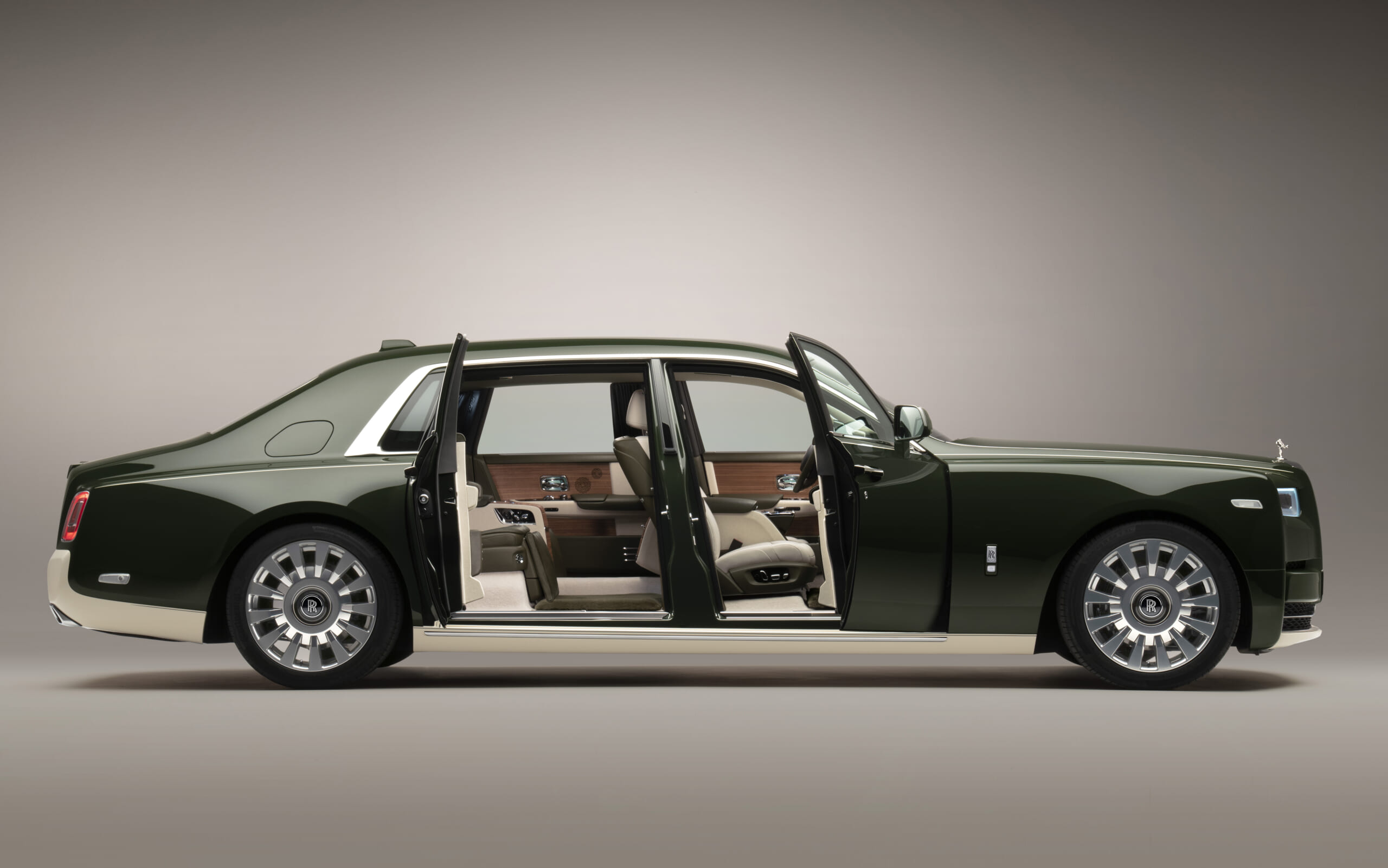
Brilliant feats of engineering, marketing and design created Rolls-Royce as we know it today, and built on its reputation as the ultimate expression of bespoke British luxury, at a time when it was little more than an (albeit quite famous) trademark. Had BMW not licensed the rights to the Rolls-Royce name and logo from Rolls-Royce Holdings plc in 1998; and then acquired the rights to the Spirit of Ecstasy and Rolls-Royce grille trademarks from Volkswagen AG, it might well have gone the way of Studebaker, Facel-Vega, Hispano-Suiza, et al.
BMW, which paid hundreds of millions of dollars for the privilege, over the objections of a group of British Rolls-Royce enthusiasts “who are fighting to stop the flagship of elegant and expensive motoring falling into foreign hands,” as the Associated Press reported at the time, would not build its own Rolls-Royce-badged car until 2003.
In the years since, however, like the Japanese with their “Scotch” whisky and American denim, the Germans have perfected, reinvented and burnished the brand, relocating it from its historic factory in Crewe to a new home in Goodwood, and taking it to new heights of luxury and exclusivity that Charles Rolls and Henry Royce could scarcely have dreamt about—if they could have dreamt about diamond-encrusted rappers driving bright purple Rollers and bragging about it in verse.
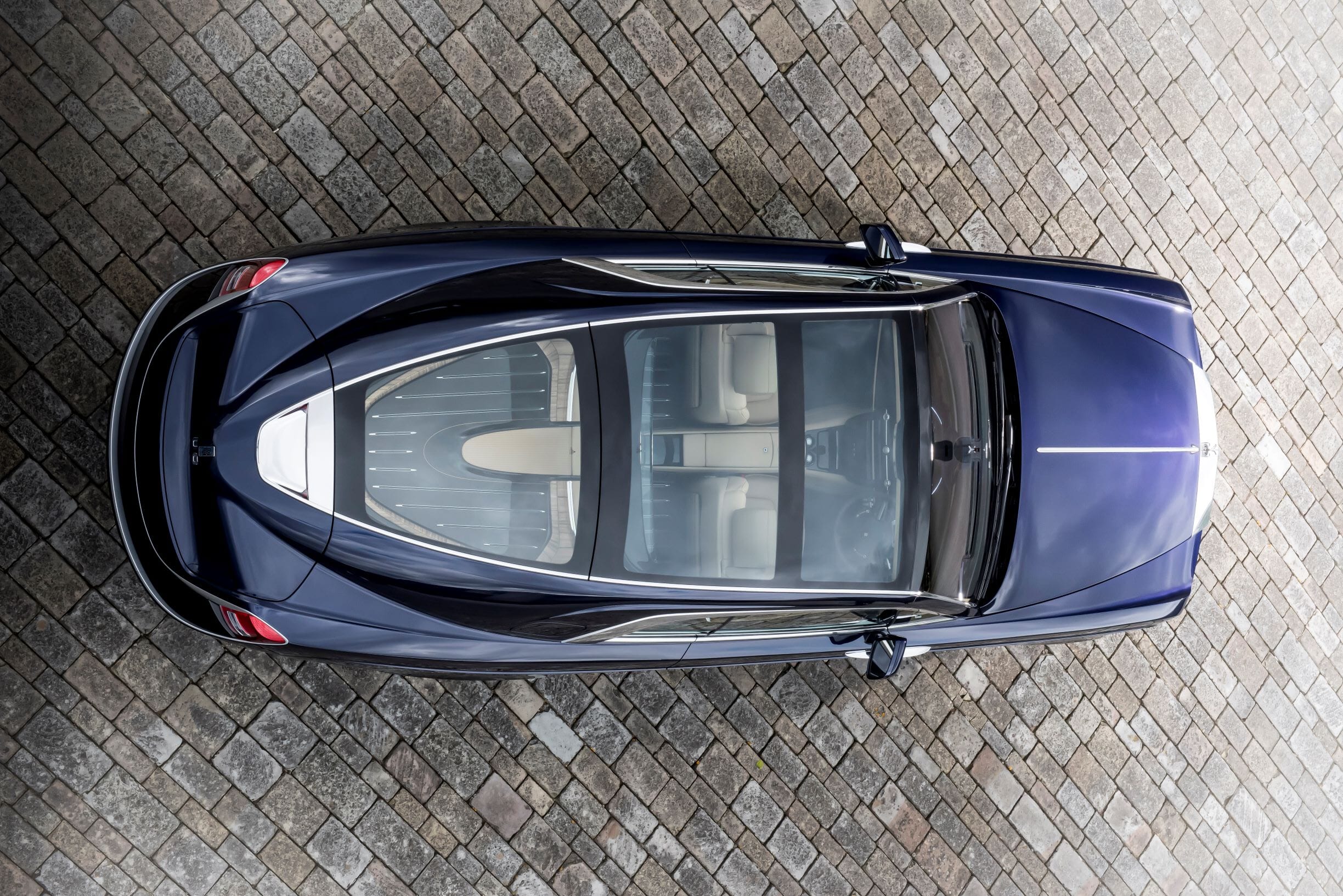
A new book celebrates the accomplishment in suitable style. “Over a century after Henry Royce and Charles Rolls put their first car into production, Rolls-Royce continues to represent the pinnacle of luxury around the world,” Simon Van Booy and Harvey Briggs write in the opening pages of Rolls-Royce Motor Cars: Making a Legend, recently published by ACC Art Books. “It is this passion for continually improving the design, quality and experience of each automobile that allows Rolls-Royce to honor its past without being shackled by it.”
The figure who perhaps best embodies the spirit of the two entrepreneurs today is Torsten Müller-Ötvös, the Munich-born former BMW exec who is has served as Chief Executive Officer of Rolls-Royce Motor Cars for over a decade, and who penned the foreword for the beautifully-illustrated book.
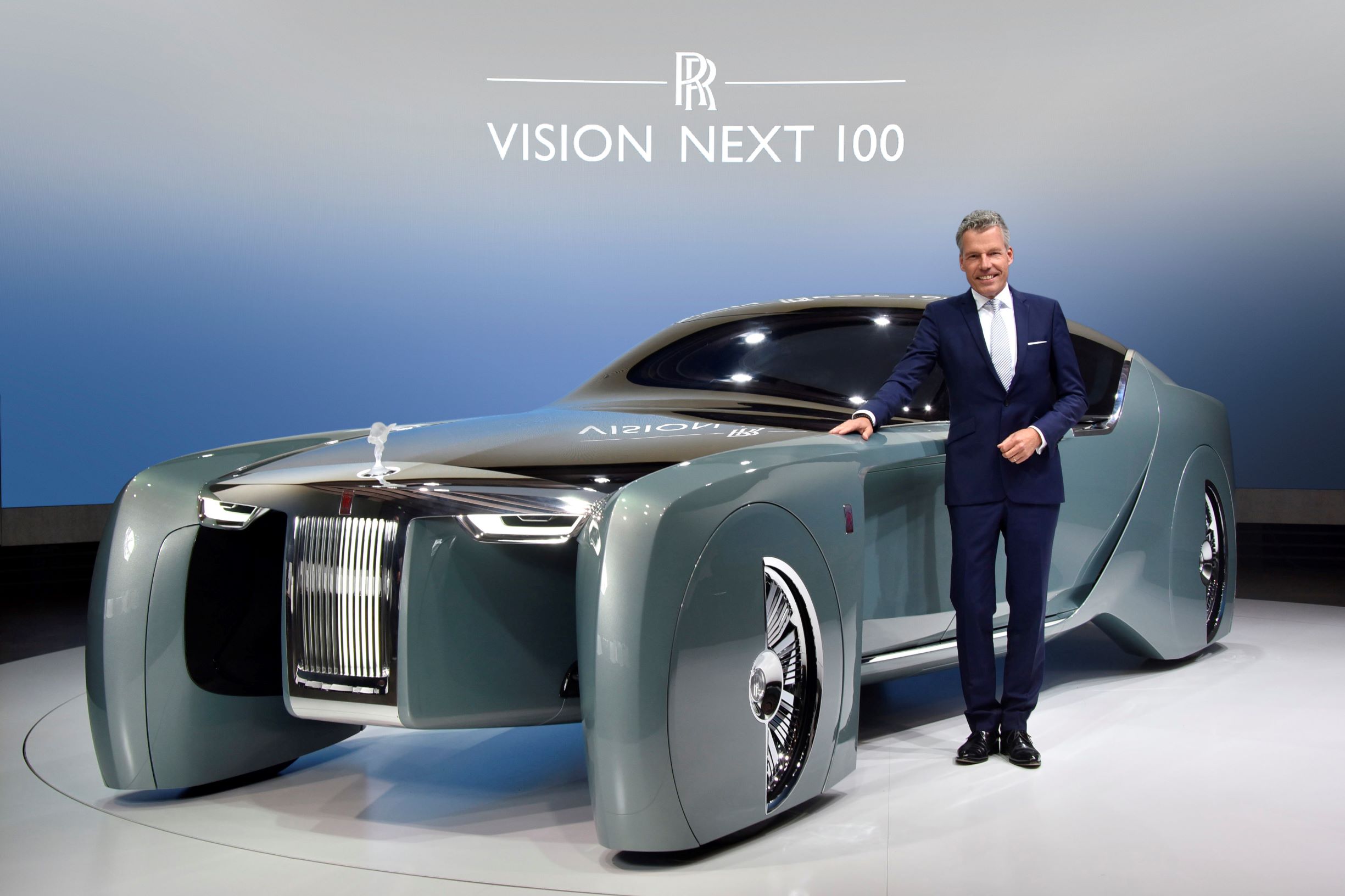
“When I had the honor of being appointed Chief Executive Officer of Rolls-Royce in 2010, I assumed management of a company that on one hand brought with it an immense sense of pride, and on the other, a profound sense of responsibility,” he recounts. “To be at the helm of this great brand, which sits at the apex of the luxury world, is a great privilege.”
Müller-Ötvös writes that he often questions “what it is that makes Rolls-Royce unique in its proposition. To find an answer, we must explore and question the core principles and foundations of the luxury world around us. I challenge my colleagues and our Luxury Intelligence Unit continually to interpret what luxury means to our global clients.”
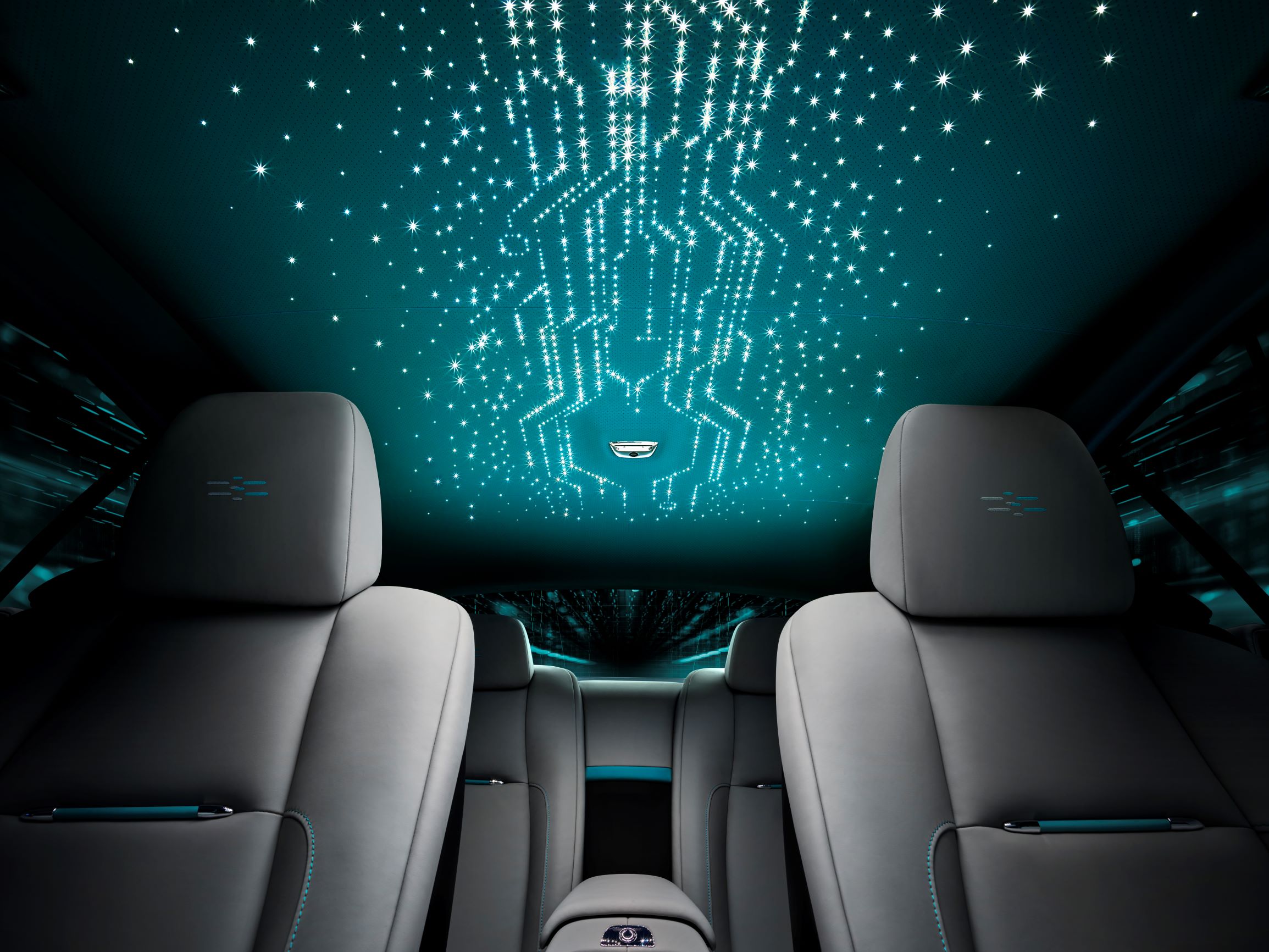
“Is it design? Engineering? Unmatched bespoke capability? Or is it allowing our craftspeople the time and materials required to perfect their art? Our finding is this: it is these elements, combined with a mindset—to collectively achieve the very best of human endeavor.”
Müller-Ötvös delivers what is undoubtedly the book’s best soundbite when he states that “at Rolls-Royce we are defined by individual taste, not by collective opinion—we speak to single clients only; and we make it our business to meet with these clients at every given opportunity.” Rolls-Royce’s clients, he notes, “are our lifeblood.”
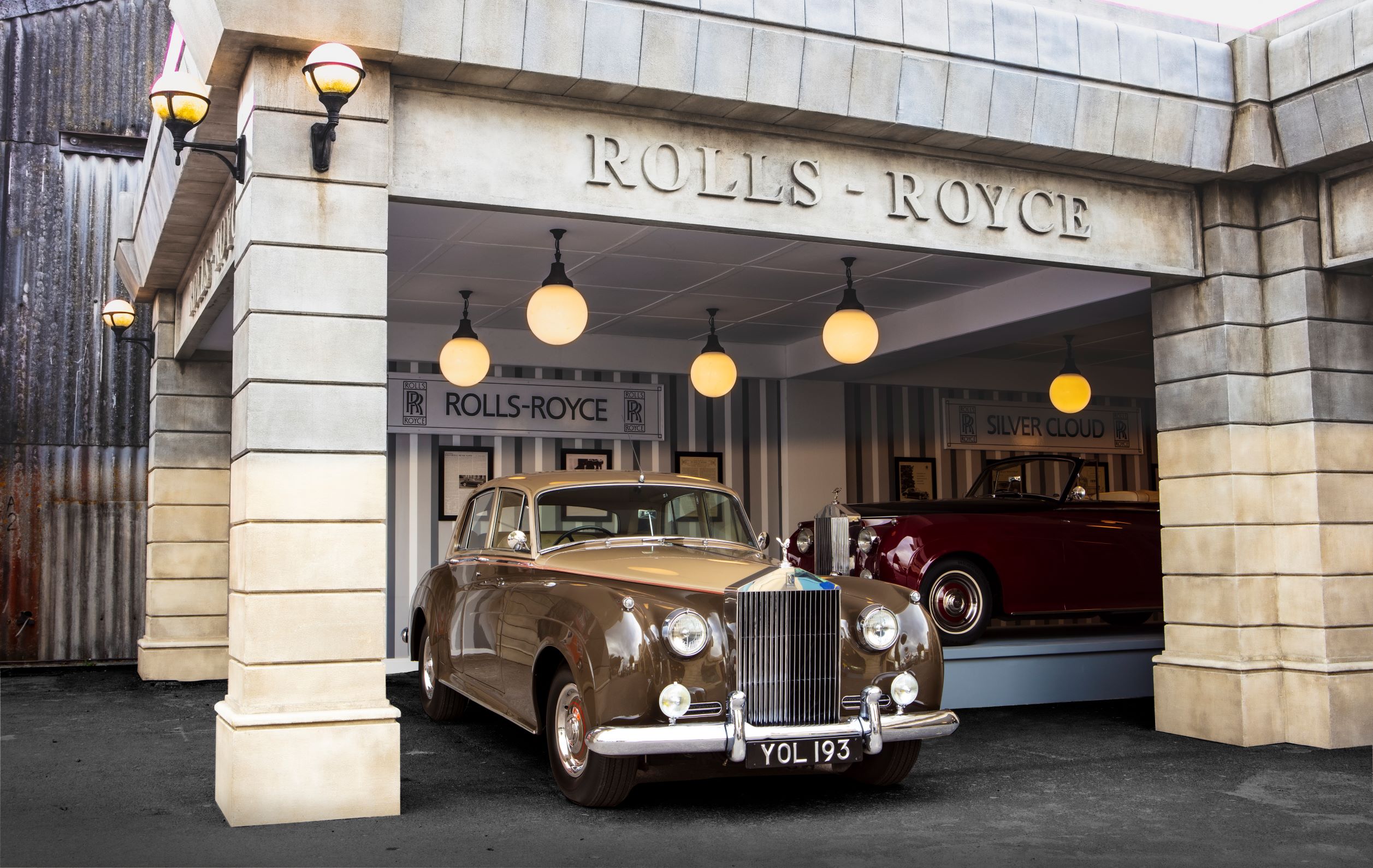
“They push us further into the realms of luxury by demanding that the needle of luxury-competence continually progresses at the hands of our extraordinary craftspeople. It is these craftspeople, men and women at the very top of their field, who continually strive to perfect their art, and in doing so, build the very best luxury products in the world. A Rolls-Royce motor car transcends its primary function as a means of conveyance to become a work of art, a luxury object, a lifestyle enhancement.”
He concludes, “There will always be a place in this world for items that express the very best of human endeavor and present a under an eight-acre living roof, on the Duke of Richmond’s estate in the lush West Sussex countryside,” at Goodwood, West Sussex, UK.
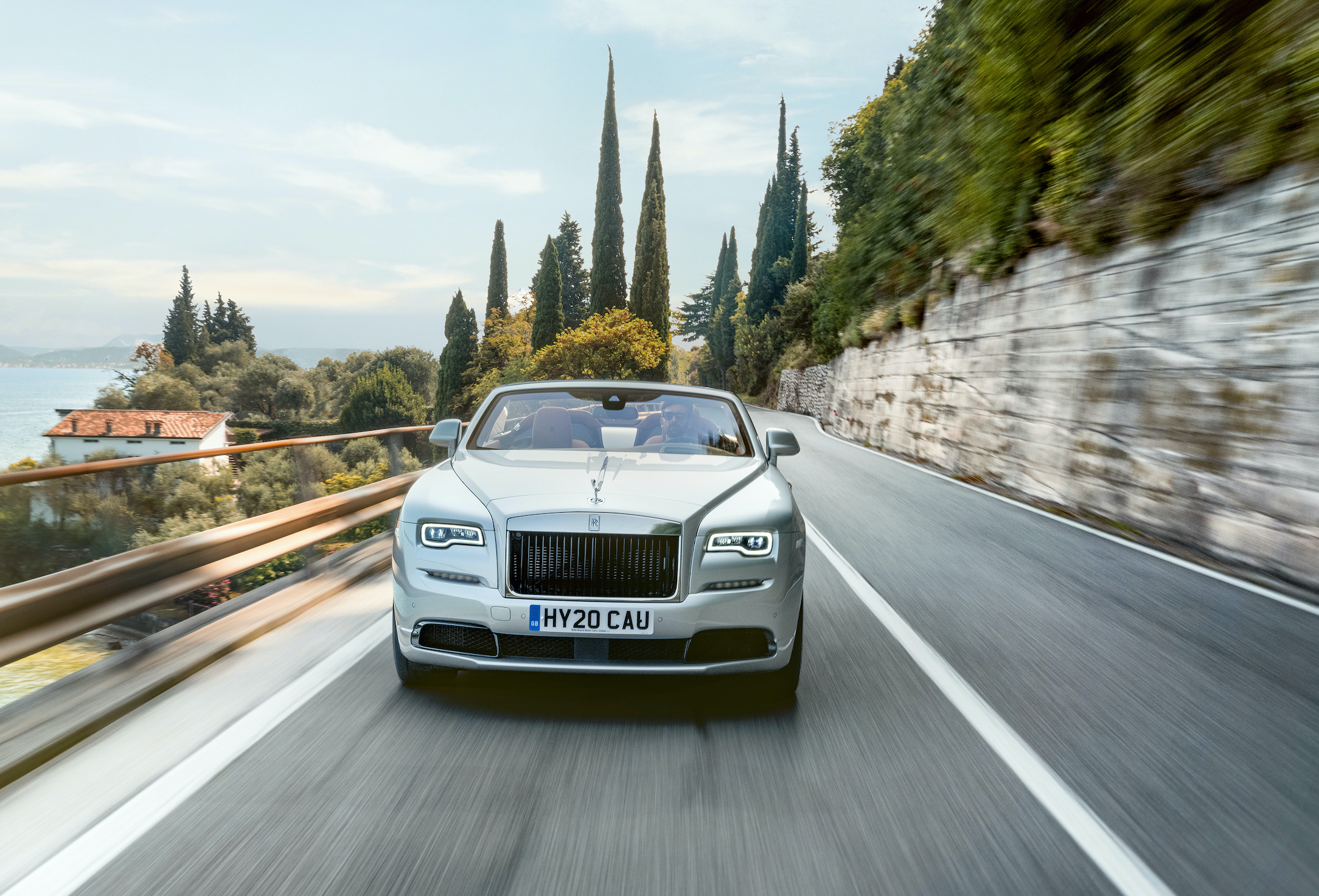
Every member of the Rolls-Royce team “has the eye of a craftsman (a term which includes both men and women) and a passion for perfection,” the authors write, “whether designing vehicles for a special collection series, selecting leathers to grace interiors, or sense of theatre, magic and a recalibration of what is thought possible.”
There is no better illustration of this than a visit to the Home of Rolls-Royce, or what the marque terms its “Global Centre of Luxury Manufacturing Excellence” in Goodwood, where, Briggs and Van Booy point out, “almost every one of the 5,000 or so Rolls-Royce cars created each year is customized in some way.” And if you demand—that is, pay for—bright purple paintwork, you will get it.
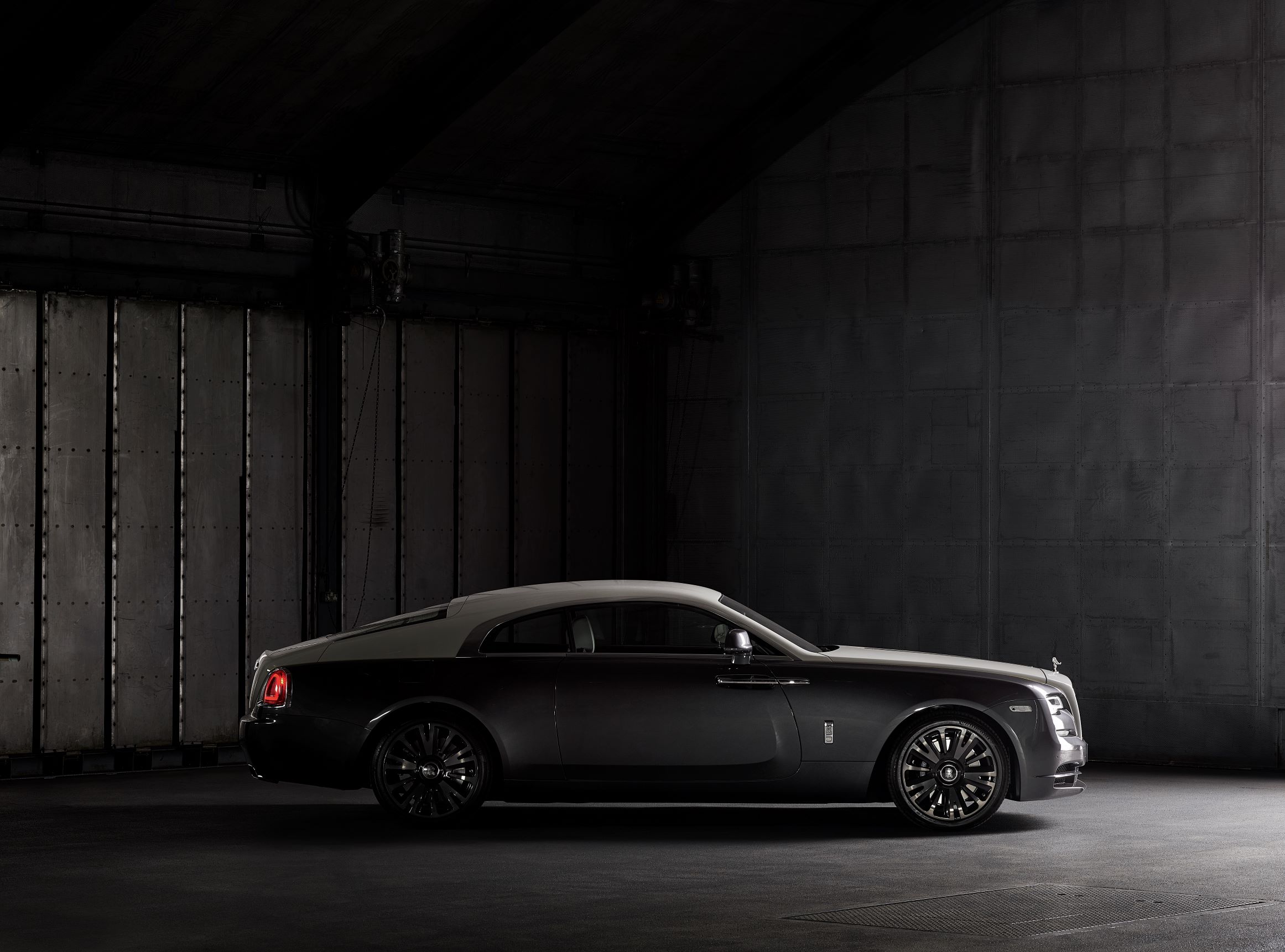
Goodwood, “where a team of nearly 2,000 men and women from over 50 countries create every new Rolls-Royce vehicle, from initial sketches to delivery,” they note, “is unlike any other place where cars are designed, engineered, assembled and tested. Everything comes together like some balletic feat of engineering, hand-painting the coachlines on the side of a [19-foot-long] Phantom.”
And the mark of an artist “is often glimpsed in how true satisfaction is attained from perfecting a process, rather than celebrating a result—which in this case is arguably the most luxurious vehicle in the world.”
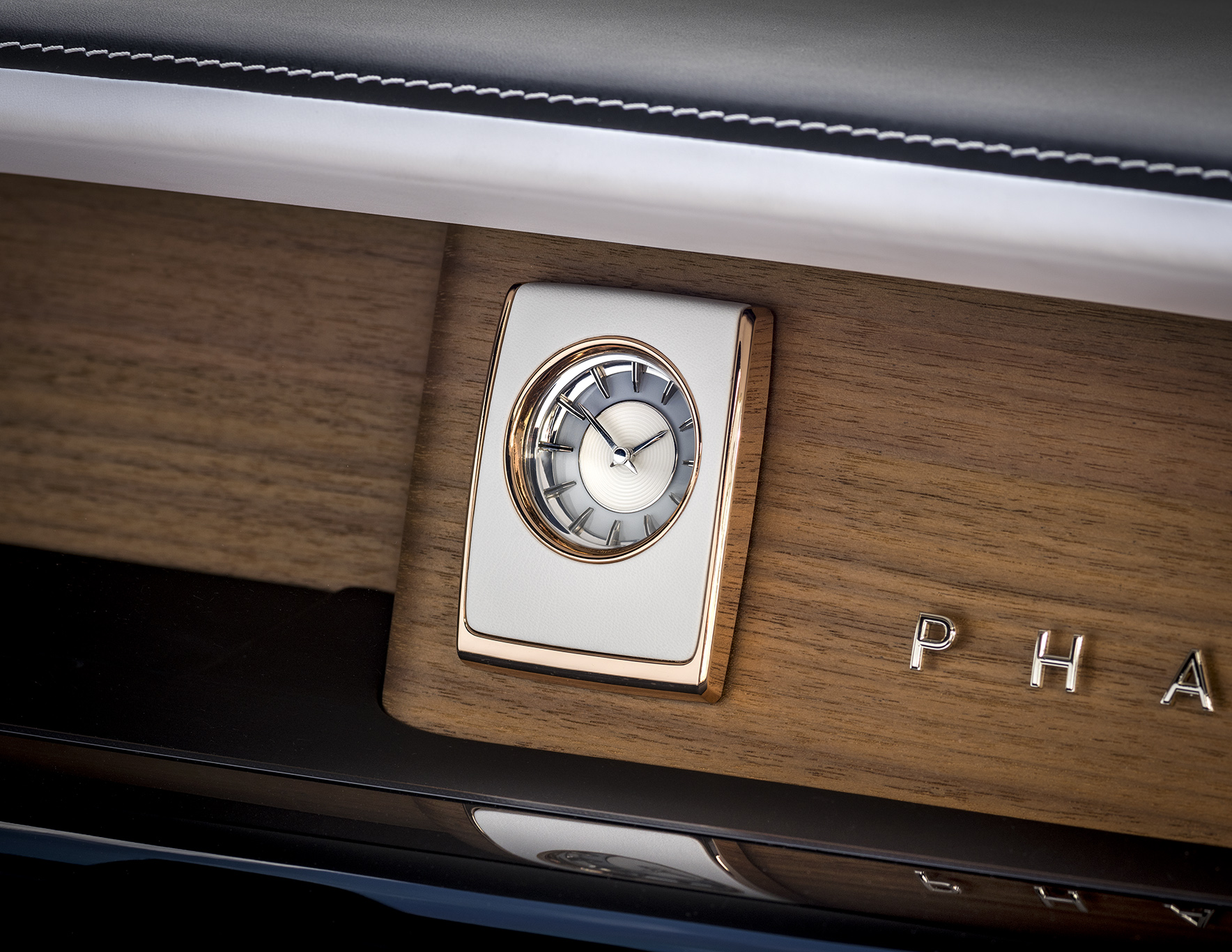
Cars are built at a rate of around 20 per day, “but not with the frenetic energy of other manufacturing facilities,” the authors note. “There is focus, determination and camaraderie here—and most of the work is completed by hand, with the assistance of technology. In fact, the only two robots in the facility do the sole job they can do better than humans at this scale, which is to paint the cars.” But even so, they point out that the painting process is exceptional.
It all starts “with the hands that sketch the cars, with the team of designers who collaborate with customers to create bespoke versions of Wraith, Dawn, Ghost, Phantom, and the company’s new sport utility vehicle, Cullinan,” they tell us. “Alongside, there are the craftsmen in color, wood and leather, who collaborate to realize the client’s vision—a process that takes months, thanks to the meticulous creation of samples of paint, leather and special marquetry, and contemporary finishes such as carbon fiber.”
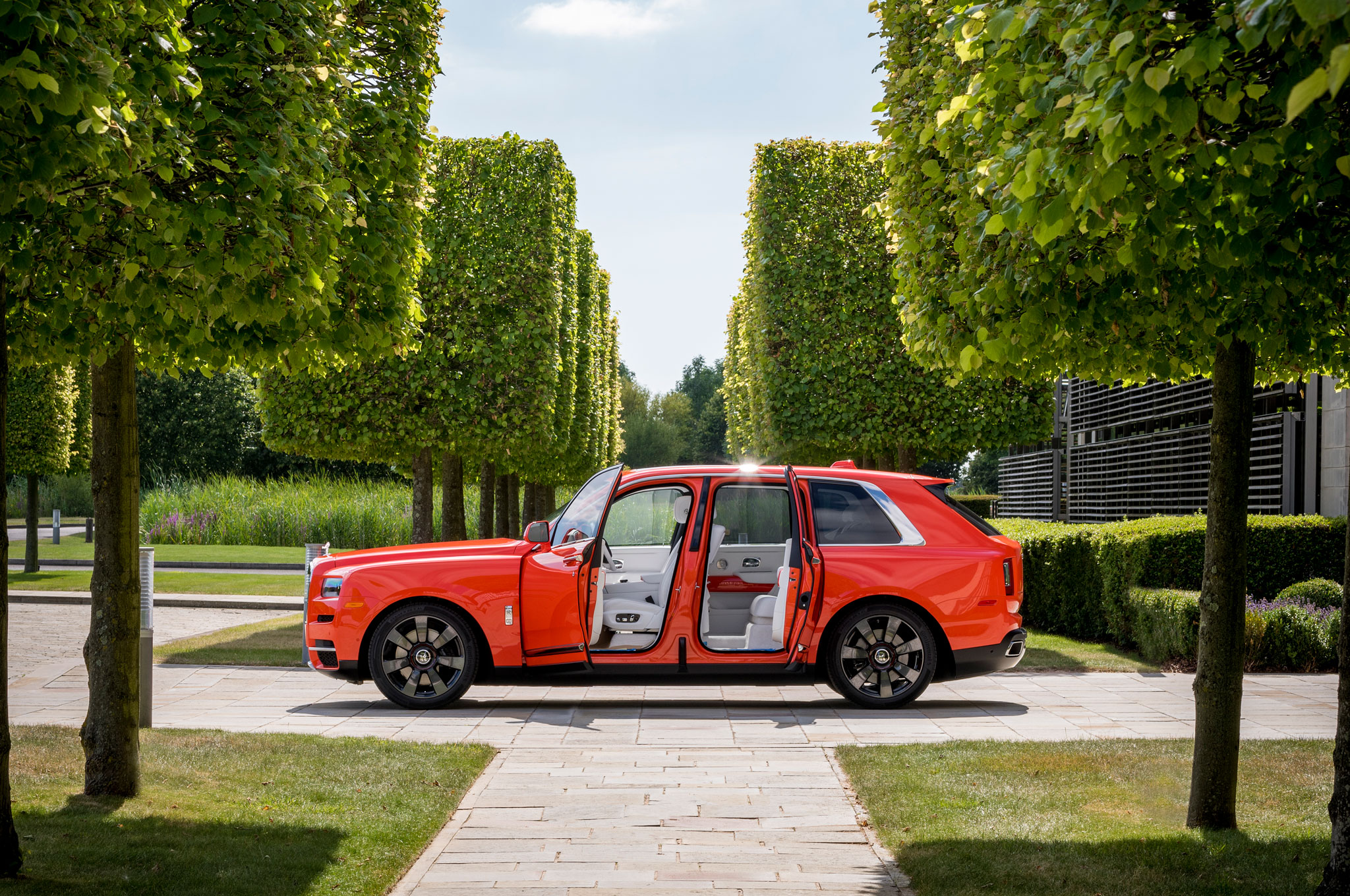
In total, “it takes about 18 to 24 months from inception to finished car,” though others, such as the intricate Koa Phantom commissioned by renowned car collector Jack Boyd Smith, Jr., can take more than three years. Müller-Ötvös says the recently-unveiled Koa Phantom “demonstrates the extraordinary skill of the Rolls-Royce Bespoke Collective.” To create it, “a precious and rare example of a naturally-sourced material, Koa Wood”—a species of tree that grows only on Hawaiian soil—“is masterfully incorporated into Phantom’s contemporary interior.”
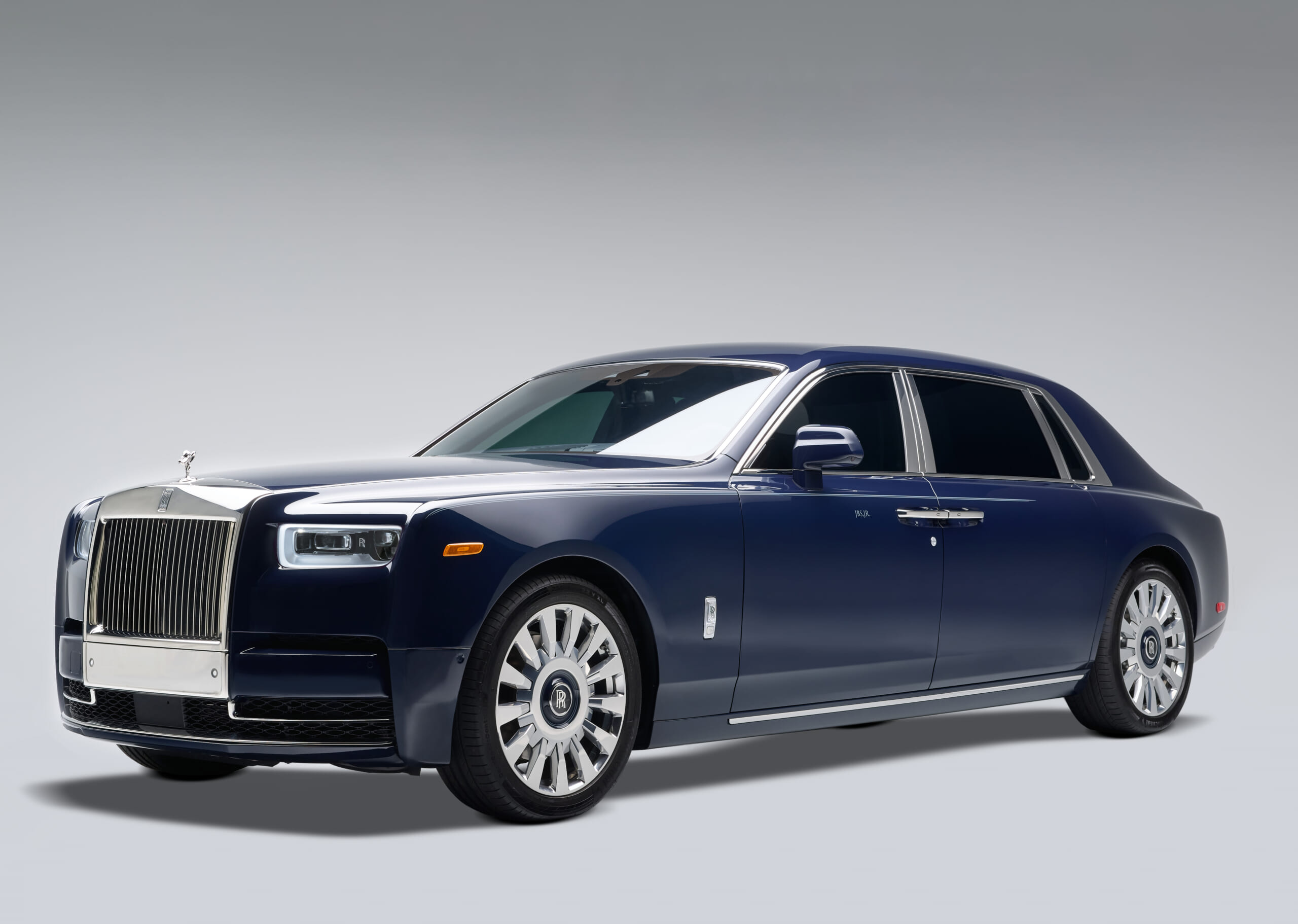
The car’s exterior was matched to a rare 1934 heritage car, while a hand-crafted picnic hamper made of Koa wood, saddle leather and stainless steel completes the picture, taking more than 500 hours to complete on its own. In some cases, to bring such visions to life, “new techniques must be invented, [but] as long as there is time, the team at Rolls-Royce always believe they can find a way,” Briggs and Van Booy write.
“This mindset has led to innovative solutions, such as the addition of crushed diamonds to a Ghost’s paint for an incredible sparkle, and the infusing of a wood veneer with gold to create a landscape effect. Engineering and manufacturing experts are involved each step of the way, ensuring the flawless execution of plans and ideas.”
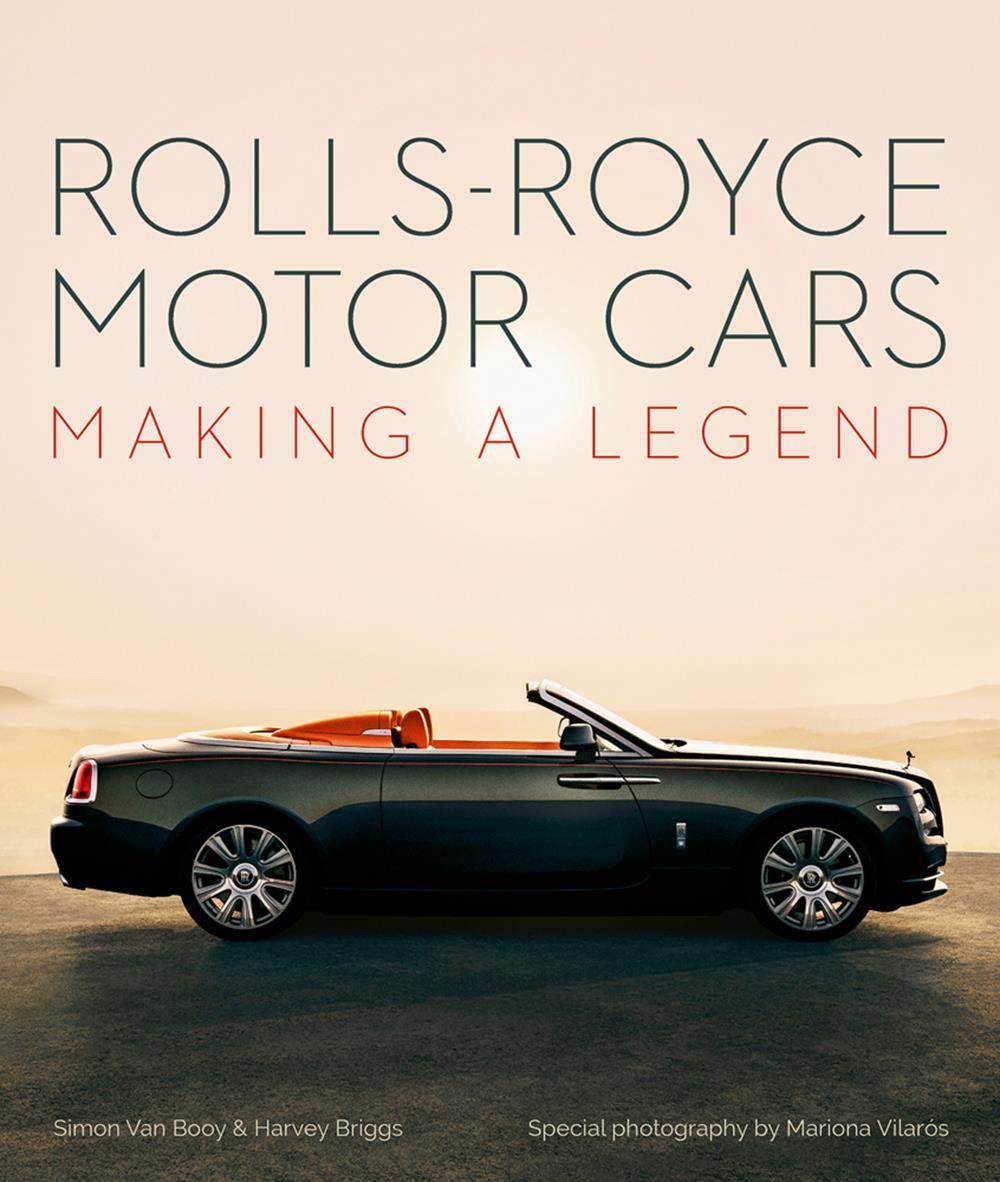
With that, we’ll leave the last word to Gavin Hartley, Rolls-Royce’s Head of Bespoke Design. “A car can be a moment in time,” he says, “but it still has to look good two decades from now.”
Not to mention more than a century later.
A version of this article appears in Maxim‘s March/April 2021 issue.
